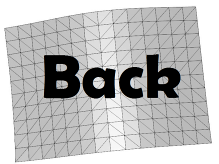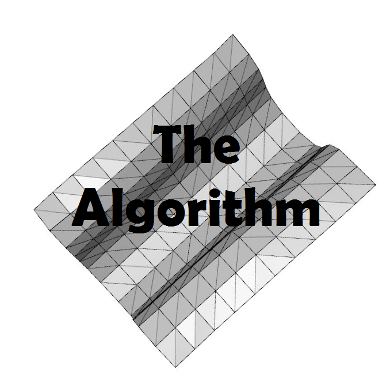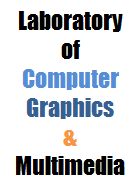|
The possibility to perform a surface reconstruction from a single image is restricted by the high ambiguity of the problem, meaning there are a high number of possible surfaces that all have very similar 2D image projections and it is hard to choose the right one.
In this project we approximate the usual non-linear system of equations for reconstruction of a surface that fits the image projection and represent the reconstruction problem as a linear system of equations, this allows use to easily quantify the level of ambiguity and the solutions degree of freedom.
We eliminate part of the reconstruction ambiguity by adding a local linear deformation model that assumed approximate inextensibility of the surface. This model reduces the ambiguity level dramatically and results in a solution that is close to the final solution and has only a few practical degrees of freedom. By solving the approximated linear problem we make it trivial to incorporate this linear model in the reconstruction process.
Having a reconstruction that is close to the actual true structure allows us to successfully optimize the solution further by a gradient descent optimization and by a first order Taylor approximation of the non-convex edge extension/contraction function.
The linear approximation used is very sensitive to noise in the match points provided. To minimize this noise we also use the deformation model developed for match point filtering by their computability with the model.
|



